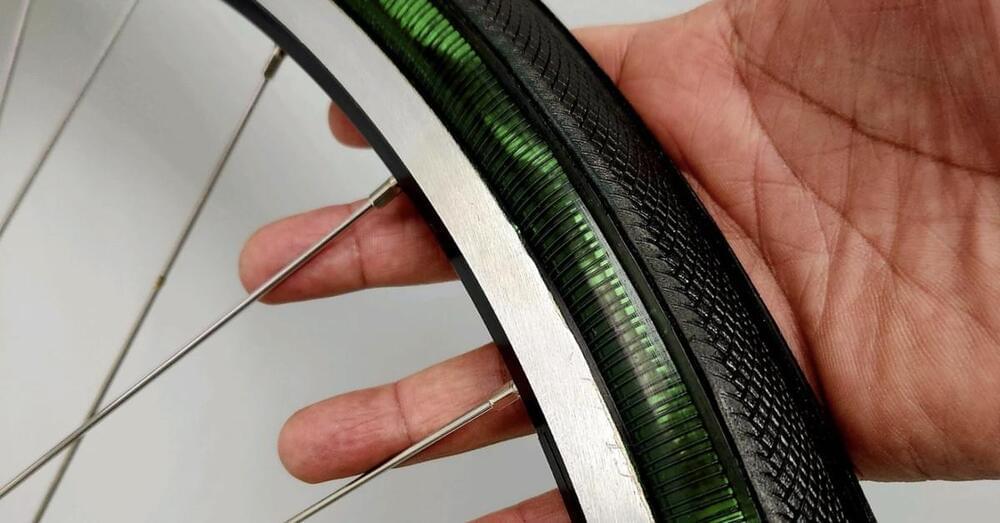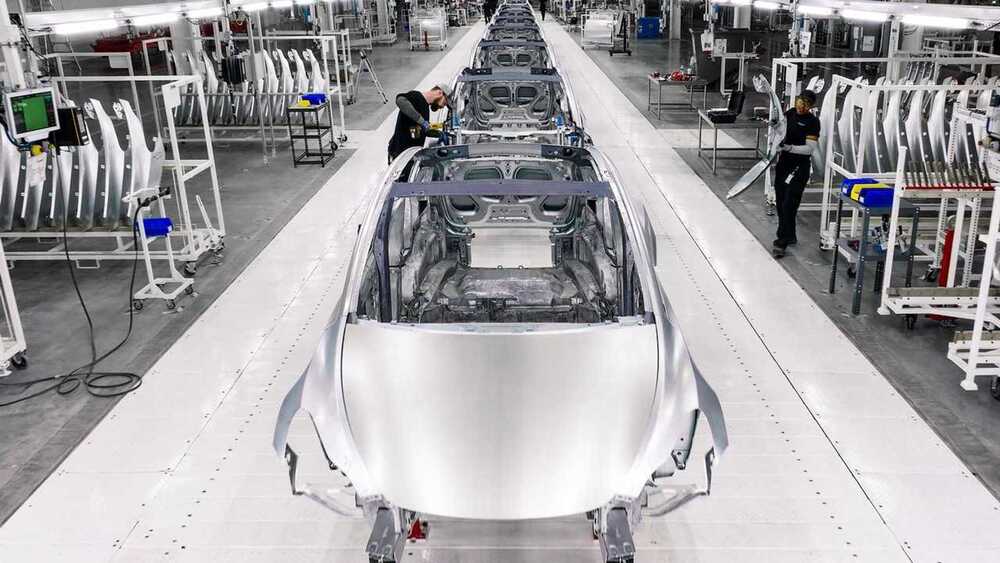An autonomous vehicle must rapidly and accurately recognize objects that it encounters, from an idling delivery truck parked at the corner to a cyclist whizzing toward an approaching intersection.
To do this, the vehicle might use a powerful computer vision model to categorize every pixel in a high-resolution image of this scene, so it doesn’t lose sight of objects that might be obscured in a lower-quality image. But this task, known as semantic segmentation, is complex and requires a huge amount of computation when the image has high resolution.
Researchers from MIT, the MIT-IBM Watson AI Lab, and elsewhere have developed a more efficient computer vision model that vastly reduces the computational complexity of this task. Their model can perform semantic segmentation accurately in real-time on a device with limited hardware resources, such as the on-board computers that enable an autonomous vehicle to make split-second decisions.









